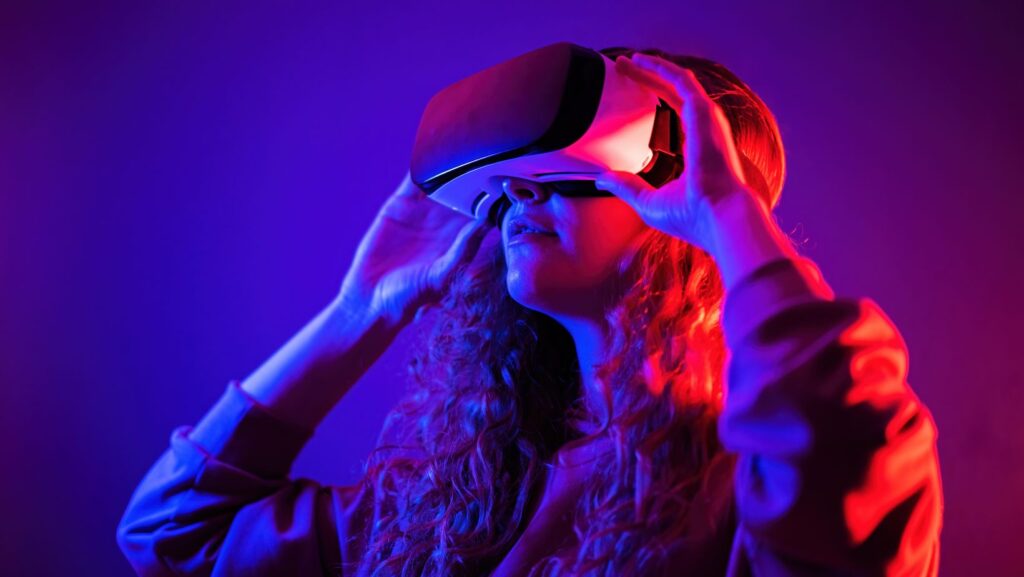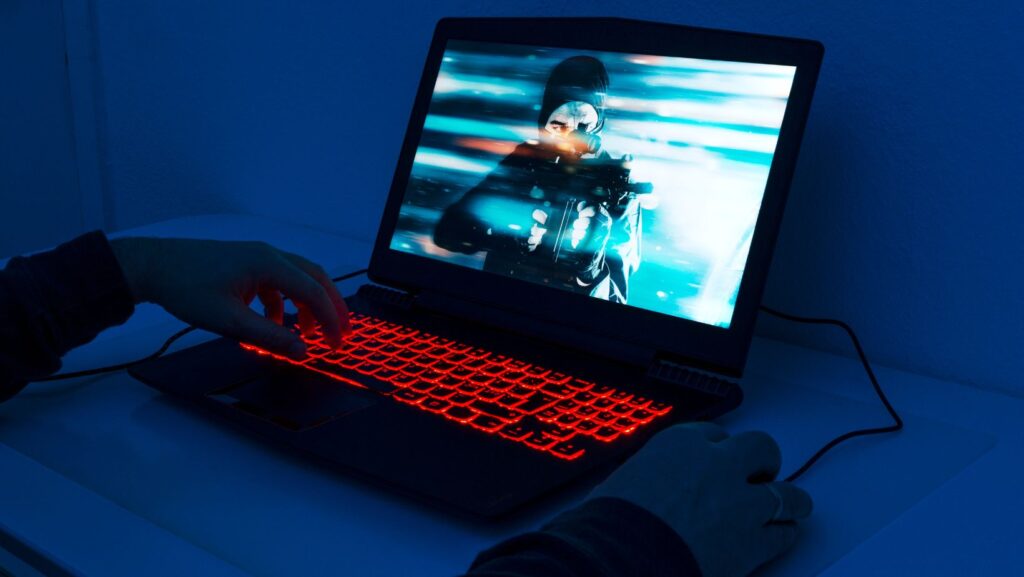 Virtual reality (VR) gaming has revolutionized the way people experience digital worlds, offering an immersive escape that traditional gaming can’t match. By donning a VR headset, players are transported into 3D environments where they can interact with the game in a more lifelike manner. This technology combines motion tracking, advanced graphics, and spatial audio to create an experience that feels incredibly real. Understanding how VR gaming works involves delving into the components that make it possible. Headsets equipped with sensors track head movements, while handheld controllers capture hand gestures, allowing for seamless interaction within the game. High-resolution displays and sophisticated software ensure that the virtual world responds naturally to the player’s actions, making every game session a captivating adventure.
Virtual reality (VR) gaming has revolutionized the way people experience digital worlds, offering an immersive escape that traditional gaming can’t match. By donning a VR headset, players are transported into 3D environments where they can interact with the game in a more lifelike manner. This technology combines motion tracking, advanced graphics, and spatial audio to create an experience that feels incredibly real. Understanding how VR gaming works involves delving into the components that make it possible. Headsets equipped with sensors track head movements, while handheld controllers capture hand gestures, allowing for seamless interaction within the game. High-resolution displays and sophisticated software ensure that the virtual world responds naturally to the player’s actions, making every game session a captivating adventure.
How Does Vr Gaming Work
How VR Creates Immersive Experiences
VR gaming immerses players in 3D environments through a combination of several key technologies. Motion tracking translates physical movements into real-time actions within the game. Advanced graphics render lifelike visuals that enhance the sense of presence. Spatial audio delivers sound from multiple directions, making the experience more realistic. Together, these technologies create an environment where players feel fully integrated into the game world.
Components of VR Systems
VR systems include several essential components that elevate the gaming experience:
- Headsets: Incorporate high-resolution displays and sensors to track head movement. Examples include the Oculus Rift and HTC Vive.
- Handheld Controllers: Allow players to interact with the virtual environment. Controllers like the Oculus Touch and PlayStation Move offer precise input.
- Sensors: Detect and translate player movements into the game. Devices such as external base stations or internal headset sensors are commonly used.
- Software: Manages the integration of visuals, audio, and player inputs. Software development kits (SDKs) and game engines like Unity and Unreal ensure seamless interaction.
- High-Resolution Displays: Provide clear and detailed views of the virtual environment. Displays typically feature resolutions like 2560×1440 pixels or higher.
Each component works in unison to deliver a cohesive and engaging virtual reality gaming experience.
The Evolution of VR Gaming
From Simple Simulations to Complex Worlds
 VR gaming began with basic simulations that offered limited interaction. Early VR systems like the Sensorama in the 1960s provided primitive, multi-sensory experiences. These setups often had rudimentary graphics and minimal user engagement. Over decades, advancements in computing power and graphics rendered these simulations into intricate 3D worlds. Modern VR games now feature lifelike graphics and dynamic gameplay. Players navigate vast, detailed environments, interact with complex objects, and experience narratives on par with traditional gaming. Real-time rendering and high-resolution displays create a seamless experience, allowing intricate interactions that mimic the real world.
VR gaming began with basic simulations that offered limited interaction. Early VR systems like the Sensorama in the 1960s provided primitive, multi-sensory experiences. These setups often had rudimentary graphics and minimal user engagement. Over decades, advancements in computing power and graphics rendered these simulations into intricate 3D worlds. Modern VR games now feature lifelike graphics and dynamic gameplay. Players navigate vast, detailed environments, interact with complex objects, and experience narratives on par with traditional gaming. Real-time rendering and high-resolution displays create a seamless experience, allowing intricate interactions that mimic the real world.
Breakthrough Technologies in VR Gaming
 Technologies such as motion tracking, spatial audio, and haptic feedback revolutionized VR gaming. Motion tracking captures players’ movements accurately, enabling intuitive control through body gestures. Systems like the HTC Vive employ base stations to monitor and replicate motions in-game. Consistent technological advancements push VR gaming forward. Improved display technologies reduce motion sickness and lag, while AI integration customizes and enhances user experiences. Next-gen processing units and GPUs ensure smoother, more realistic graphics, cementing VR gaming’s place in the entertainment industry.
Technologies such as motion tracking, spatial audio, and haptic feedback revolutionized VR gaming. Motion tracking captures players’ movements accurately, enabling intuitive control through body gestures. Systems like the HTC Vive employ base stations to monitor and replicate motions in-game. Consistent technological advancements push VR gaming forward. Improved display technologies reduce motion sickness and lag, while AI integration customizes and enhances user experiences. Next-gen processing units and GPUs ensure smoother, more realistic graphics, cementing VR gaming’s place in the entertainment industry.
How VR Gaming Works
The Role of Motion Tracking
Motion tracking enables VR systems to generate responsive and interactive environments. Headsets like the Oculus Rift and HTC Vive use sensors to monitor head movements and adjust the visual field accordingly. Controllers equipped with gyroscopes and accelerometers track hand motions, translating them into in-game actions. These technologies provide an immersive experience by allowing players to interact with virtual objects naturally. With advancements in room-scale tracking, players can move freely within a defined space, enhancing immersion.
Visual and Audio Integration
High-resolution displays and spatial audio create lifelike environments in VR gaming. Headsets feature OLED or LCD panels providing crisp, detailed visuals. Developed by companies like NVIDIA and AMD, advanced graphics processors ensure smooth performance and realism. Spatial audio delivers sound from all directions, enhancing the sense of presence. For example, if a character speaks from behind, the sound emanates accordingly, contributing to an immersive experience. Headphones or built-in speakers in VR headsets achieve this effect, creating a fully engaging soundscape.



